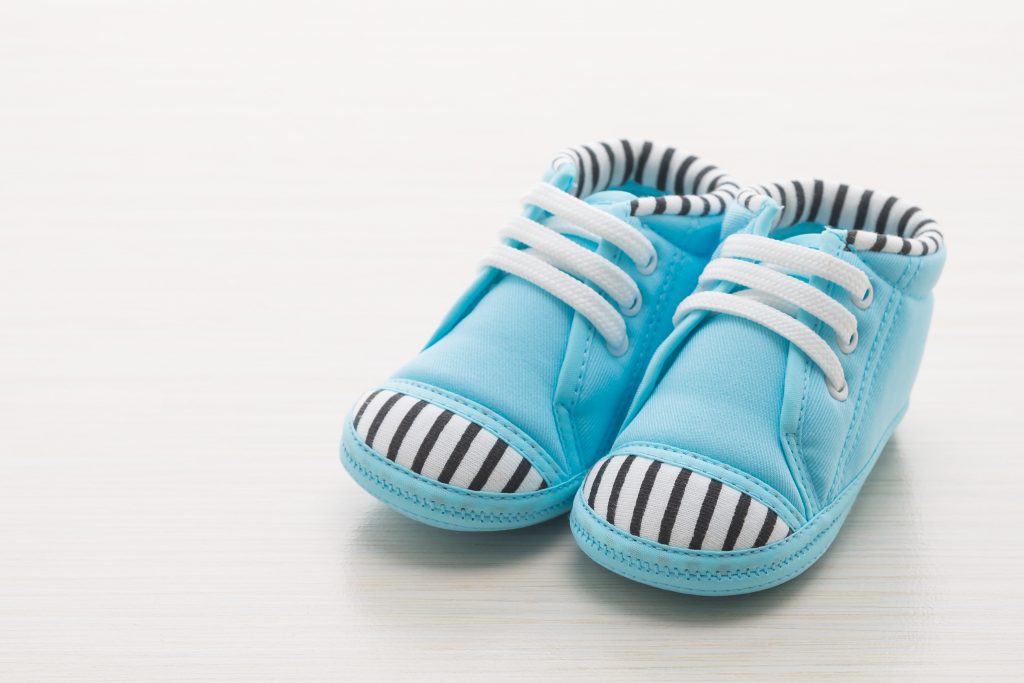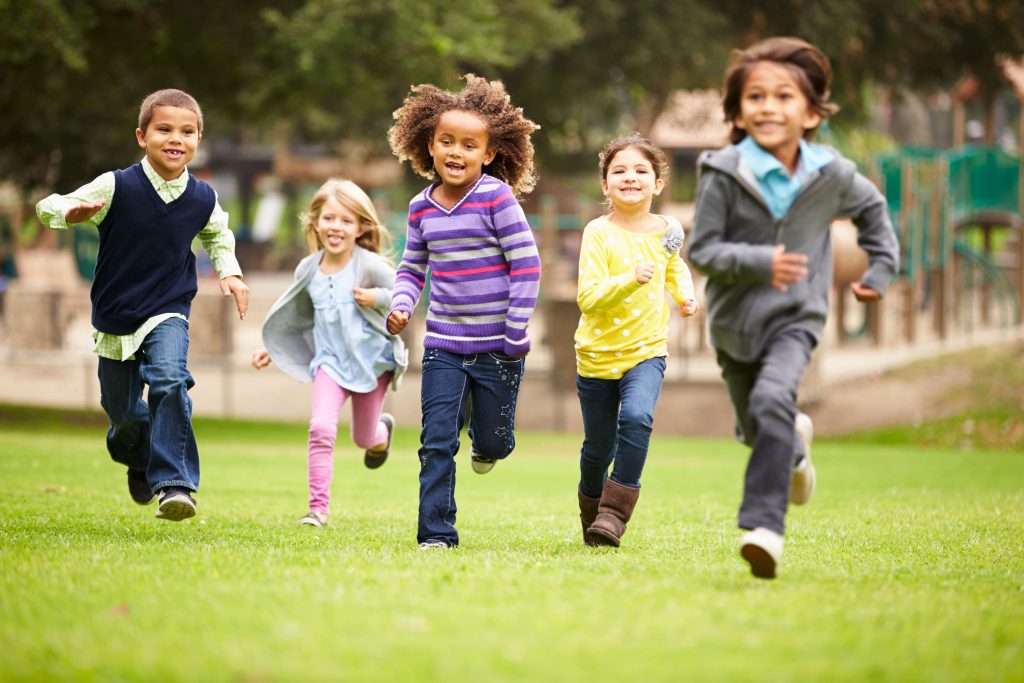What Is Clubfoot Treatment Like for My Child at Each Stage?
If you are a parent of a child with clubfoot, you probably have many questions—not just about the condition itself, but about the treatment process and what it means for your little one:
What will my child’s life be like? Will he or she be able to run and play with other children and reach developmental milestones on time? Will he or she be in pain?
It’s natural to ask these questions, and to feel anxious, frustrated, or even sad. But we have some very good news to share:
Although the road to successful treatment is a long one and will require discipline from parents and caregivers, clubfoot can be treated successfully without major surgery—and without significantly reducing your child’s quality of life or delaying their normal, healthy development!
Children and parents who carefully follow guidelines set forth by their doctor using the Ponseti treatment method experience very high rates of overall success, with no lasting functional deformity.
Here’s what the experience looks like from a child’s point of view:
Immediately After Birth
Clubfoot deformities can often be diagnosed prenatally, during a routine ultrasound. However, if your child has clubfoot it will be obvious at birth if not previously detected during the newborn exam.
Although feet that appear twisted or turned inward may look painful, it’s important to understand that clubfoot will not cause your newborn any discomfort or disability at this time. Your child will be giggling, playing, and exploring the world like any other newborn.
The First Few Weeks and Months
The “treatment” or “correction” stage of clubfoot treatment occurs during the first year of your child’s life, ideally beginning within a few weeks after birth.
At the first casting appointment, your doctor will gently stretch and manipulate your baby’s foot so that the front and back of the foot are properly aligned, then place it in a plaster cast that extends above the knee to hold it in position.
Every week, you and baby will return to the doctor so that the cast can be removed, the feet repositioned, and casted again. With each appointment, the feet and legs move closer and closer to a natural, normal position. Before the final cast is applied, most children require a very minor surgical procedure to lengthen their Achilles tendon, which takes about three weeks to heal.
Most children only require about 5 to 7 rounds of casting during the treatment phase. If treatment begins early, this process should be completed long before baby is ready to start crawling or walking.
Baby may fuss or squirm a little bit during the casting process, since his or her skin is a little extra sensitive right after the last cast has been removed. However, your little one should not experience any significant pain from any part of the process, including manipulating the feet and applying or removing the casts.
It’s possible that the casts may make your little one more fussy during tummy time, but many infants seem perfectly content and comfortable, even with the casts. It might have more to do with your child’s personality than any discomfort specifically related to the casting!
And again, as most children don’t usually begin crawling until about six months of age at the very earliest, the last cast should be long gone by the time they reach this stage of development.
Baby should still be able to move and kick their legs relatively freely, though there might be some struggles adjusting, as well. Check the casts regularly to make sure they haven’t slipped.
The Next Few Months
For the next three months or so—usually until baby is about half a year old, if treatment started early after birth—your child will need to wear special braces around their feet and ankles (but below the knees this time) 24/7.
This is the beginning of the “maintenance phase,” which will require your child to wear the braces at least part of the time until age 4 or 5. This is critically important to ensure the clubfoot does not return. Failure to follow through on bracing is virtually always responsible in cases where treatment is not successful.
(Because a child’s feet grow very quickly during these first few years, the bracing helps prevent the feet and ankles from growing back into the clubfooted position.)
The difficult thing with bracing at this stage for a child is that, unlike the casts, the braces are physically connected to one another via a horizontal bar. That means baby cannot move his or her legs independently from one another while wearing them, and this can be a somewhat rough adjustment at first.
Through the Toddling Years
After baby’s three months of 24/7 bracing, the number of hours per day your little one will have to wear the braces will gradually be reduced to only naptime and bedtime. This pattern will continue until your child has reached age 4 or 5.
(Remember: Just because the amount of time your child must wear the brace decreases does not mean that it is no longer important. It’s still critically important that you follow your doctor’s instructions on when to use the brace.)
The good news is that, if you begin clubfoot treatment early, by the time your child is ready to start crawling (and ultimately walking) the braces will only have to be worn at bedtime—not when they are awake. This allows them to continue to hit developmental milestones unimpeded.
Although sleeping may still be a little uncomfortable, most kids do get used to it within a reasonable timeframe.
The Ultimate Outcome
Eventually, your child will reach the age where the braces no longer need to be worn, even at bedtime. If you have been following your doctor’s instructions and using the braces as recommended, recurrence rates are very low.
Kids who have had successful clubfoot treatment that begin during their first days of life, by and large, experience no functional deformity or disability as a result of their clubfoot, and are able to progress through all the stages of development normally.
Due to the casting process, clubfoot treatment may reduce your child’s adult foot size by up to 1 and a half sizes. However, for all practical purposes their feet will be normal, and they will be able to wear normal shoes, run, play, and live an active lifestyle throughout childhood and beyond.
What If My Child Started Treatment at an Older Age?
Ideally, clubfoot treatment will begin within the first days to weeks of life for optimum results and minimal interference in day-to-day life or development.
However, the Ponseti method can be used successfully for kids up to age 9 or 10, depending on their physical development. This might be necessary for a child whose clubfoot was not treated early, or recurred due to poor bracing practices during the maintenance phase.
Casting above the knee is obviously more intrusive and frustrating for a child who has reached walking age, and the casts may need to be reinforced with fiberglass in order to prevent them from breaking down. Again, 3-4 months of casting is typically required, though braces are only worn at nighttime, thereafter, in most cases.
Because kids are a little older and more physically developed, physical therapy and rehab exercises will be important to help them regain strength and flexibility after the treatment phase.
There’s no way around it—older kids are not as likely to take casting and nighttime bracing as well as infants do. It may take a little more determination from kids and parents alike. But the end result—feet that look and function normally—is more than worth the effort.
If your child has a clubfoot deformity, please contact our office as soon as possible. We will do absolutely everything in our power to ensure that your little one not only gets the treatment he or she needs, but also that your family is connected with the resources and community support they need.
You can reach our Ladera Ranch office today at (949) 364-9255.
—


